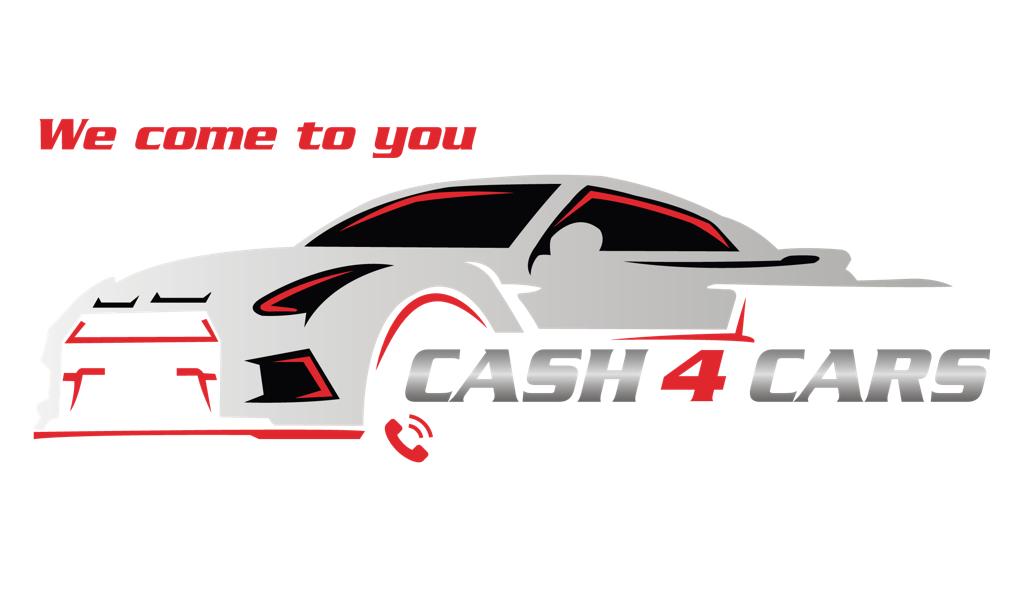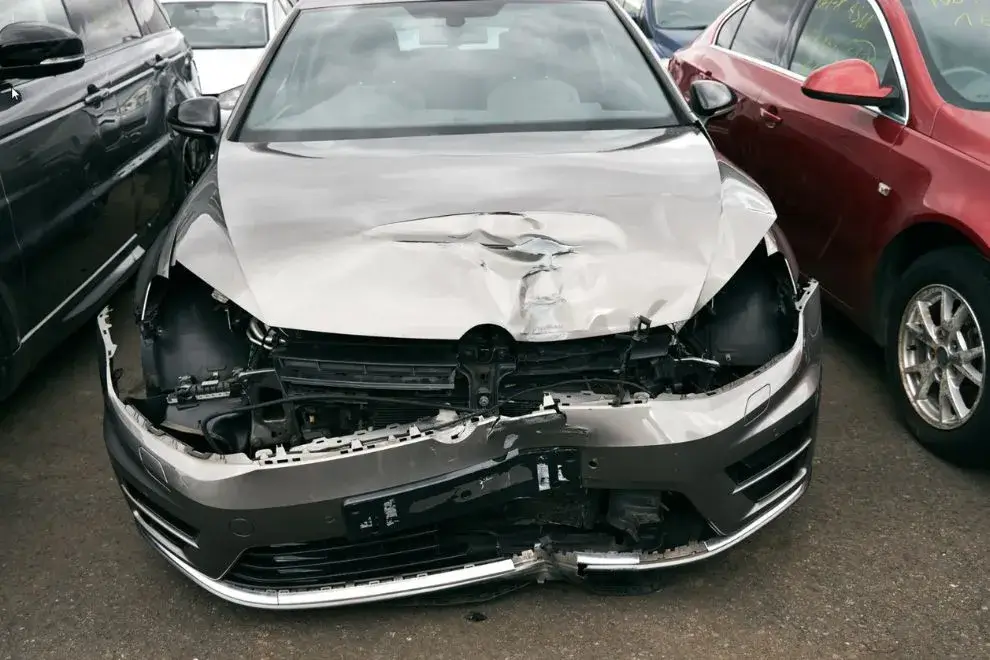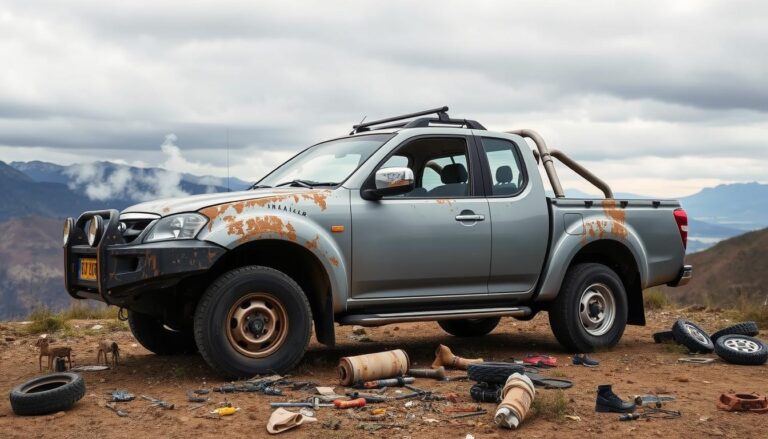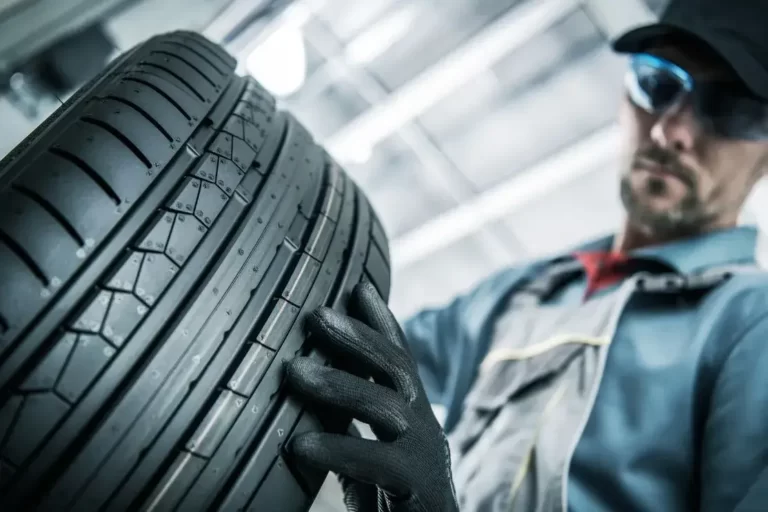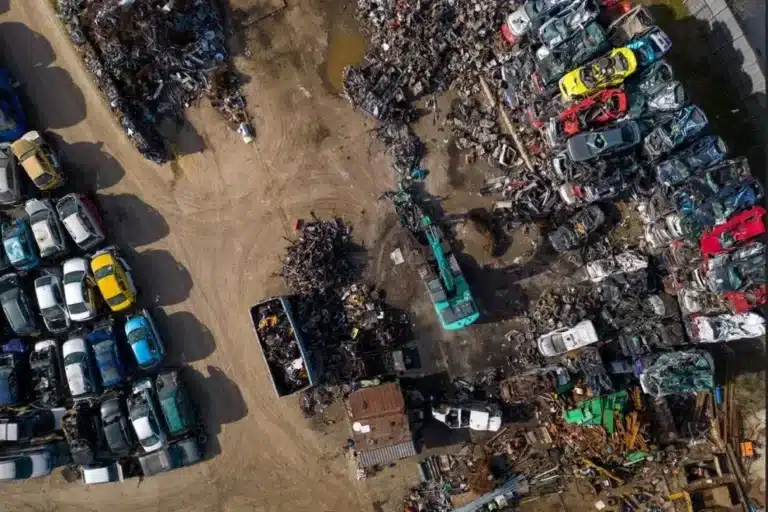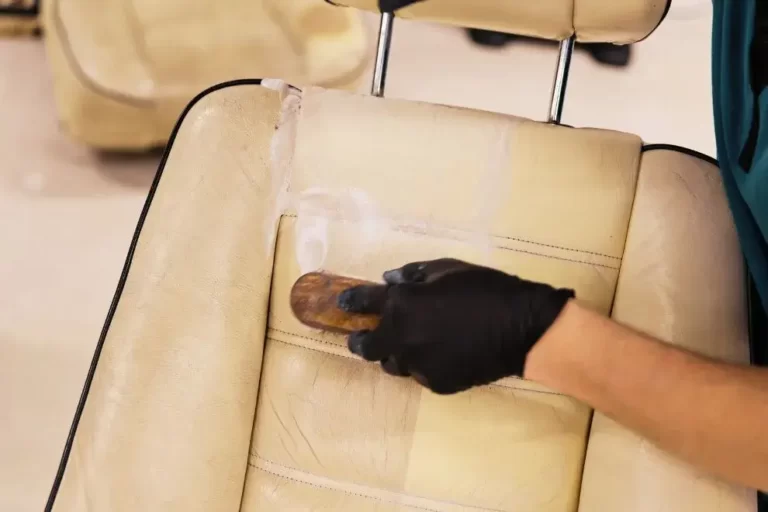What To Do After Scrapping A Car: A Comprehensive Guide
Are you planning to scrap your old car but need help determining what comes next? Worry not because we’re here to guide you through the process. In this blog post, we will explore “What To Do After Scrapping A Car,” delving into the intricacies of car scrapping, its importance, and the essential steps to follow for a seamless experience.
Car scrapping is crucial for responsibly disposing of end-of-life vehicles and recycling their valuable parts. It is vital in reducing waste accumulation, conserving resources, and properly disposing of hazardous materials. By understanding the importance of car scrapping, you can decide when to bid farewell to your trusty old ride.
From the legal requirements to transportation logistics, we will provide a comprehensive overview of the car scrapping process in Australia. This guide is tailored for people like you who are considering selling their scrap car and aims to answer all your questions and concerns related to the process.
In blog post discuss all the details about car scrapping and help you transition smoothly to the next chapter of your automotive journey. Embrace responsible car disposal and contribute to a greener, more sustainable future!
Legal Requirements for Scrapping a Car in Australia
Before scrapping your car in Australia, it’s essential to understand and adhere to the legal requirements set by the government. Here’s an overview of the key points to keep in mind as you prepare to dispose of your end-of-life vehicle:
Definition of scrap metal: According to Australian regulations, scrap metal encompasses a motor vehicle sold or obtained as scrap, whether in working condition or not. This includes the body, engine, and chassis of a motor vehicle. Additionally, scrap metal covers anything containing 2% or less by weight of gold or silver and anything containing 80% or less by weight of copper.
Preparing your car: Before selling your scrap car, remove all your personal belongings. When you take your vehicle to an authorized treatment facility (ATF), you must present an up-to-date photo ID, such as a valid passport or driving license, and proof of address, like a recent utility bill.
Motor car trader’s license: Auto wreckers or recyclers who buy, sell, or exchange motor cars from or to the public (or offer to do so) must hold a motor car trader’s license. Exceptions to this rule apply if the vehicle is incomplete and can never return to the road or is exempt under specific regulations.
In addition to these points, remember to comply with the Environmental Protection Act, obtain a Certificate of Destruction, inform the relevant authorities, and cancel your registration and number plates. Following these guidelines and the information provided above can ensure a smooth and compliant car scrapping process that contributes to a more sustainable and eco-friendly future.
Choosing a Scrapyard
Our comprehensive guide continues with a crucial step in one’s post-car scrapping journey. Finding the right scrapyard is a crucial step in scrapping your car. To ensure you get the best value for your vehicle and a hassle-free experience, consider the following factors.
- Factors to consider when selecting a scrapyard
- Location: Choose a conveniently located scrapyard, as this can help reduce transportation costs and make the process more manageable.
- Reputation: Research online reviews and seek recommendations from friends or family to find a reputable scrapyard known for providing excellent customer service and fair prices.
- Services offered: Some scrapyards offer additional services like free vehicle pick-up and saving time and effort. Ensure the scrapyard you choose offers the services you require.
- What to look for in a reputable scrapyard
- Licensing and accreditation: A reputable scrapyard should have the licenses and accreditations to operate legally. This ensures they adhere to environmental and safety regulations.
- Transparent pricing: A good scrapyard will provide transparent pricing and give you a detailed breakdown of your car’s value.
- Environmentally responsible practices: Opt for scrapyards prioritizing eco-friendly practices and proper disposal of hazardous materials.
3. How to identify a legitimate scrapyard
- Verify their licensing: Check the scrapyard’s license with the relevant authorities to ensure they operate legally.
- Research their reputation: Search for online reviews or ask for recommendations to gauge the scrapyard’s reputation.
- Visit the scrapyard: A visit to the scrapyard can give you an idea of their professionalism and how they handle vehicles.
4. Tips for negotiating the best deal
- Be informed: Research the value of your car’s make and model in its current condition before negotiating. This will give you a better understanding of what to expect.
- Get multiple quotes: Obtain quotes from various scrapyards to compare prices and get the best deal.
- Don’t be afraid to negotiate: Be confident and assertive when discussing the price of your scrap car. You can secure a better deal by negotiating.
- Highlight the valuable parts: If your car has any valuable parts, such as a relatively new battery or high-quality tires, mention these to the scrapyard. It could increase the overall value of your vehicle.
By carefully selecting a reputable and legitimate scrapyard, you can ensure a smooth car scrapping process and get the best value for your vehicle. Take the time to research and compare different scrapyards, and don’t hesitate to negotiate to secure the best deal.
Preparing Your Car for Scrapping
As you embark on scrapping your car, you must prepare your vehicle appropriately for a hassle-free experience. Here, we outline the steps to follow before taking your car to the scrapyard, ensuring a smooth transportation process, safely removing and disposing of hazardous materials, and maximizing the value of your scrap car.
- Steps to follow before taking your car to the scrapyard
- Remove personal belongings: Thoroughly check your car for any personal items, such as documents, CDs, or clothing, and remove everything before taking it to the scrapyard.
- Collect important documents: Retrieve your car’s registration papers, service records, and owner’s manual. You might need these documents during the scrapping process.
- Remove valuable parts: If you have aftermarket accessories or parts that can be resold, consider removing them to maximize your car’s value. However, check with the scrapyard beforehand to ensure this won’t negatively impact their offer.
2. How to prepare your car for transportation
- Drain all fluids: Empty the fuel tank, coolant, and other fluids to prevent leaks during transportation. This step is essential for environmental safety and compliance with regulations.
- Disconnect the battery: To prevent any electrical hazards, disconnect the battery and ensure all power sources are turned off.
- Inflate the tires: Make sure the tires are properly inflated to facilitate transportation.
3. How to safely remove and dispose of hazardous materials
- Handle with care: Wear gloves and protective gear while handling hazardous materials, such as batteries, fluids, and airbags.
- Dispose of them responsibly: Check with local waste disposal facilities or recycling centers to find the correct way to dispose of hazardous materials in your area.
4. Tips for maximizing the value of your scrap car
- Assess the car’s condition: Determine if any parts can be sold individually or if the entire vehicle should be scrapped.
- Compare offers: Contact multiple scrapyards to compare their offers and choose the one that provides the best value.
- Clean the car: A clean and well-presented car can yield a higher offer from scrapyards.
Upnext is “Transportation and Delivery of Your Car” where we discuss how to ensure seamless delivery of your scrap car to the scrapyard.
Transportation and Delivery of Your Car
Arranging transportation for your scrap car is a critical step in car scrapping. This section will cover the different aspects of transporting your car to the scrapyard, the role of the scrapyard in transportation, what to expect when your car is delivered, and what to do if you cannot transport your car yourself.
The process of transporting your car to the scrapyard:
Before transporting your car, ensure it is ready for scrapping by following the steps mentioned in the “Preparing Your Car for Scrapping” section. Once your vehicle is prepared, you can transport it using a tow truck or trailer or hire a professional towing service. It is essential to check the local laws and regulations regarding towing a scrap vehicle to avoid any potential fines or penalties.
The role of the scrapyard in transportation:
Some scrapyards offer transportation services to make the process more convenient for their customers. Be sure to inquire about any transportation options when choosing a scrapyard. If they provide this service, they may charge a fee or offer it for free, depending on their policies.
What to expect when your car is delivered to the scrapyard:
Upon arrival at the scrapyard, your car will be inspected for any remaining hazardous materials, personal belongings, or valuable components. You must provide the necessary documentation, such as proof of ownership and the Certificate of Destruction before the scrapyard can accept your vehicle. After completing the paperwork, you will receive a receipt for the transaction.
What to do if you are unable to transport your car to the scrapyard:
If you cannot transport your car to the scrapyard, consider hiring a professional towing service. Make sure to select a reputable company with experience handling scrap vehicles. Alternatively, you can ask friends or family members for assistance. Remember to check the local laws regarding towing a scrap vehicle to avoid potential fines or penalties.
Learn how your car is dismantled and recycled and the environmental impact of car scrapping next.
The Scrapyard Process
Once your car arrives at the scrapyard, it undergoes a systematic dismantling process to extract all reusable parts and materials. Skilled workers carefully remove components such as engines, transmissions, and other valuable parts that can be refurbished and sold. The remaining materials, like metal and plastic, are separated and recycled for future use.
Scrapyards play a crucial role in recycling parts of your car, contributing to a more sustainable environment. Metals like steel, aluminum, and copper are extracted and repurposed, while fluids such as engine oil, coolant, and brake fluid are collected and disposed of responsibly. By recycling these materials, scrapyards help conserve resources and reduce the demand for raw materials.
The environmental impact of car scrapping cannot be overstated. By disposing of end-of-life vehicles responsibly, scrapyards help minimize waste accumulation, prevent pollution, and reduce the need for new resources. This contributes to a greener, more sustainable world.
To follow up on the status of your car, it’s essential to maintain communication with the scrapyard. They typically provide you with a Certificate of Destruction, proving your car has been legally and responsibly scrapped. Don’t hesitate to contact the scrapyard for clarification if you have any concerns or questions.
Our next section will dive into “Cancelling Your Car Insurance” – a vital step to ensure a smooth transition after scrapping your car. Stay tuned for more practical advice on handling the aftermath of car disposal.
Canceling Your Car Insurance
Canceling your car insurance is critical after scrapping your car in Australia. It is essential to remember that canceling your car insurance will help protect you financially, as the policy will no longer cover any damage or liabilities related to the vehicle. Many unknowingly continue to pay for insurance on a scrapped vehicle, which wastes financial resources.
To cancel your car insurance, contact your provider and advise them of your intention to scrap the car and arrange a refund on any unused premiums if that is an option in your existing policy. You may also need to provide additional documentation or information, such as proof of ownership and the car’s registration number. Be sure to check with your insurer about what other steps they require you to take before canceling your policy.
Suppose you have a loan or financing associated with your car. In that case, it is important to ensure that the lender has been notified of the scrapping and that all outstanding payments have been made. Once these obligations are taken care of, the lender should be able to permit you to cancel the insurance.
For those who want to go beyond just scrapping their car, a tantalizing journey awaits – exploring the additional steps required to complete the process. Uncover how to get rid of the number plates and dispose of hazardous materials correctly to ensure a safe and successful cancellation of your car.
Additional Steps After Scrapping Your Car
After scrapping your car, there are still additional steps to take before you can consider the process finished.
- Firstly, you may be entitled to a refund on any remaining registration fees.
- Secondly, if you have personalized number plates, these should be transferred to another vehicle or surrendered to the relevant state authority.
- Thirdly, donating your car to charity is also an option. Just ensure that the organization will accept it and can provide you with a receipt.
- Lastly, don’t forget to start researching for a new car if you wish to replace the one that has been scrapped!
As you can see, scrapping a car in Australia continues once you reach the scrapyard. So make sure you understand all the necessary steps and complete them accordingly. The conclusion of this comprehensive guide will provide further advice on what to do after scrapping your car in Australia.
Conclusion
As we reach the end of our comprehensive guide, we will recap the key points discussed. From understanding the importance of car scrapping to the legal requirements, transportation logistics, and post-scrapping steps, we have covered every detail to ensure a smooth and hassle-free experience.
Responsible car scrapping is crucial not only for the environment but also for our communities. By following the proper procedures, you reduce waste, conserve resources, and ensure the safe disposal of hazardous materials. Moreover, you can maximize the value of your scrap car while making room for your next automotive adventure.
The importance of responsible car scrapping cannot be overstated. As an individual, your actions can make a lasting impact on the environment and the future of our planet. So, when it’s time to say goodbye to your old car, remember the significance of scrapping responsibly and following the steps outlined in this guide. We can create a more sustainable and eco-friendly future for future generations.
Frequently Asked Questions
Q: What should I do after scrapping my car?
A: There are several important steps to take when you scrap your car. First, you need to remove the license plates and cancel the vehicle registration. Next, make sure you clear out all personal belongings from the vehicle before handing it over to the scrap yard. Finally, collect any remaining parts that might have value such as catalytic converters or wheels.
Q: How can I get a free quote for scrapping my car?
A: Many scrap companies offer free quotes for getting rid of your car. Just contact them and provide details about your car like make and model, year, condition, and location. They will then provide an estimate of how much money you’ll get for scrapping it.
Q: What are 5 things to do before scrapping a car?
A: Before scrapping your car there are five important things to consider:
(1) Remove the license plates and cancel the vehicle registration;
(2) Clean out all personal belongings;
(3) Collect any valuable parts like catalytic converters or wheels;
(4) Make sure you have a title if you plan on selling it;
(5) Get a free quote from a scrap service.
Q: How can I sell my car without the title?
A: Without the title, it’s difficult to sell your car for cash but not impossible. You may be able to find used cars dealers who would be interested in buying it without having its title but there’s a good chance they will offer less than what the car is worth due to added risk of not having access to its history.
Q: Is there any way I can get more money when scrapping my car?
A: Yes, there are several ways you can get more money when scrapping your car. First, collect any valuable parts like wheels or catalytic converters since they have significant resale value. Second, make sure that you have a title if possible since this will allow you to sell it as opposed to just taking it directly to the scrap yard.
Q: What happens if my car doesn’t have a title?
A: If your car doesn’t have a title then you won’t be able to sell it for cash and instead will need to take it directly to a scrap yard where they will give you money based on its weight and material composition.
Q: Can I get rid of my old car for free?
A: Unfortunately there is often no such thing as ‘free’ when getting rid of an old or junked vehicle. Most scrap companies will charge some kind of fee even if minimal for removing and disposing of your vehicle properly.
Q: What should I do with my license plates before scrapping my vehicle?
A: Before scrapping your vehicle make sure that all license plates have been removed and returned back to the DMV along with canceling their registration.
Q: Is there anything else I should know about scrapping my vehicle?
A: In addition to those mentioned above, make sure that all personal items are cleared from inside the vehicle prior to handing over the keys so that no one else has access or ownership rights over them.
